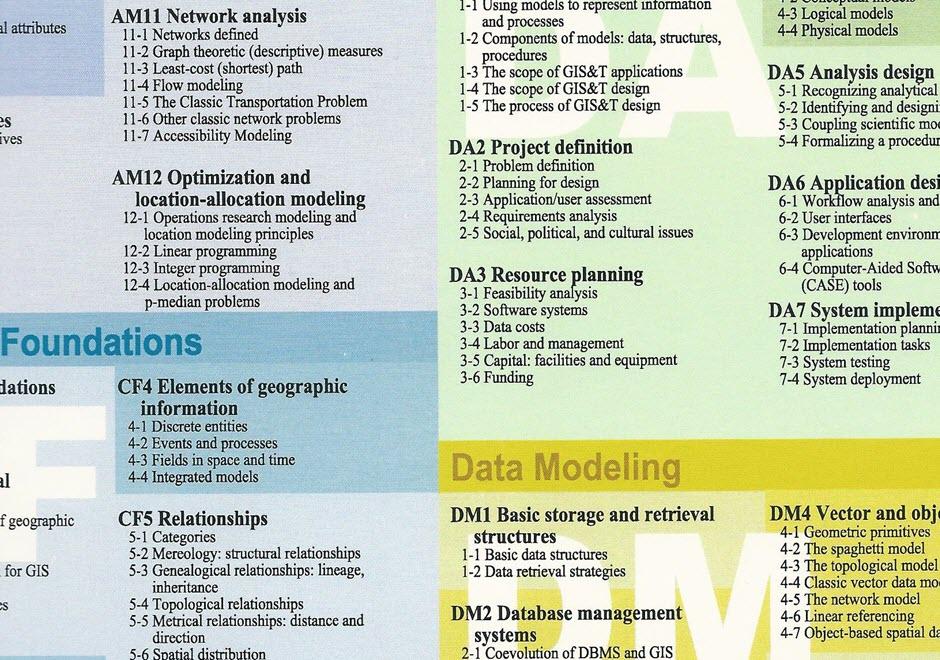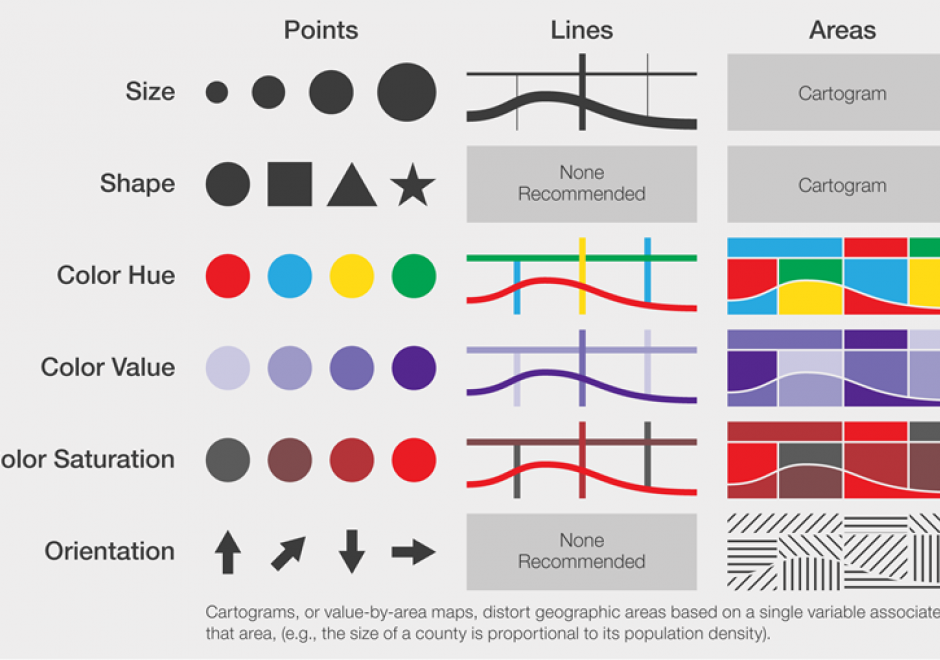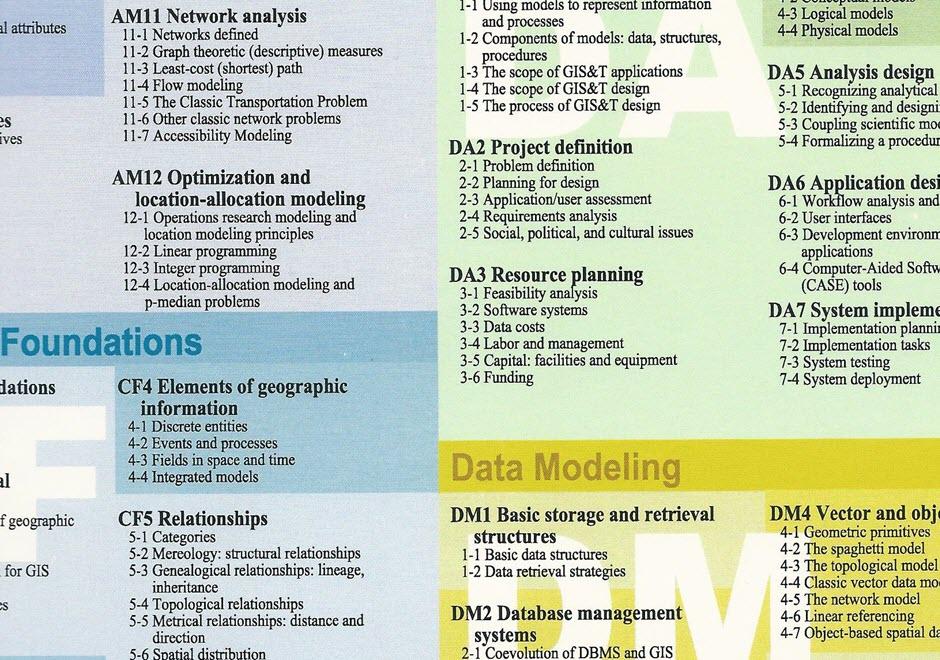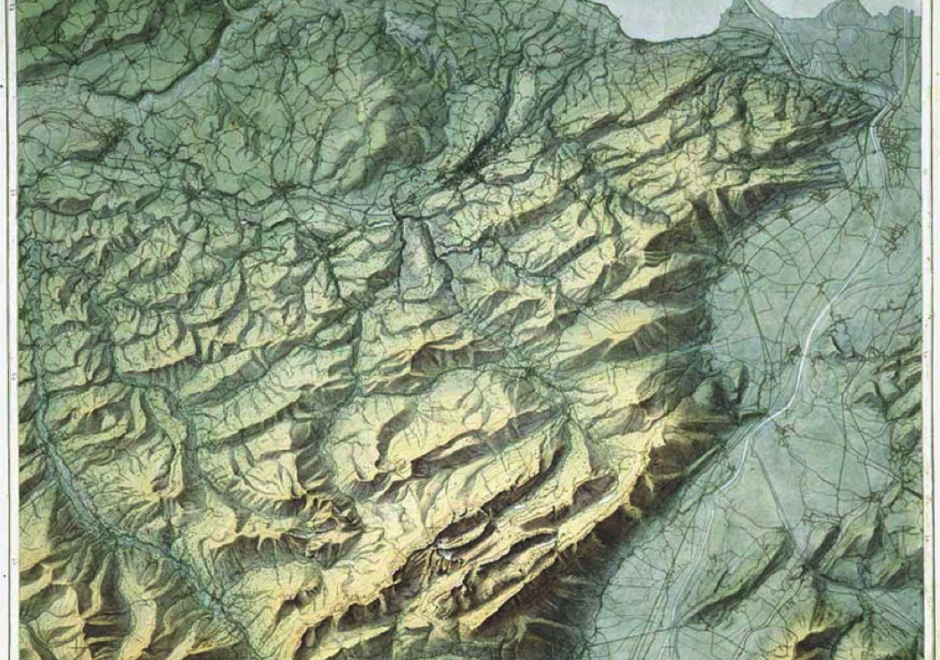FC-12 - Structured Query Language (SQL) and attribute queries

- Define basic terms of query processing (e.g., SQL, primary and foreign keys, table join)
- Create an SQL query to retrieve elements from a GIS
- Explain the basic logic of SQL syntax
- Demonstrate the basic syntactic structure of SQL




DC-13 - Stereoscopy and orthoimagery